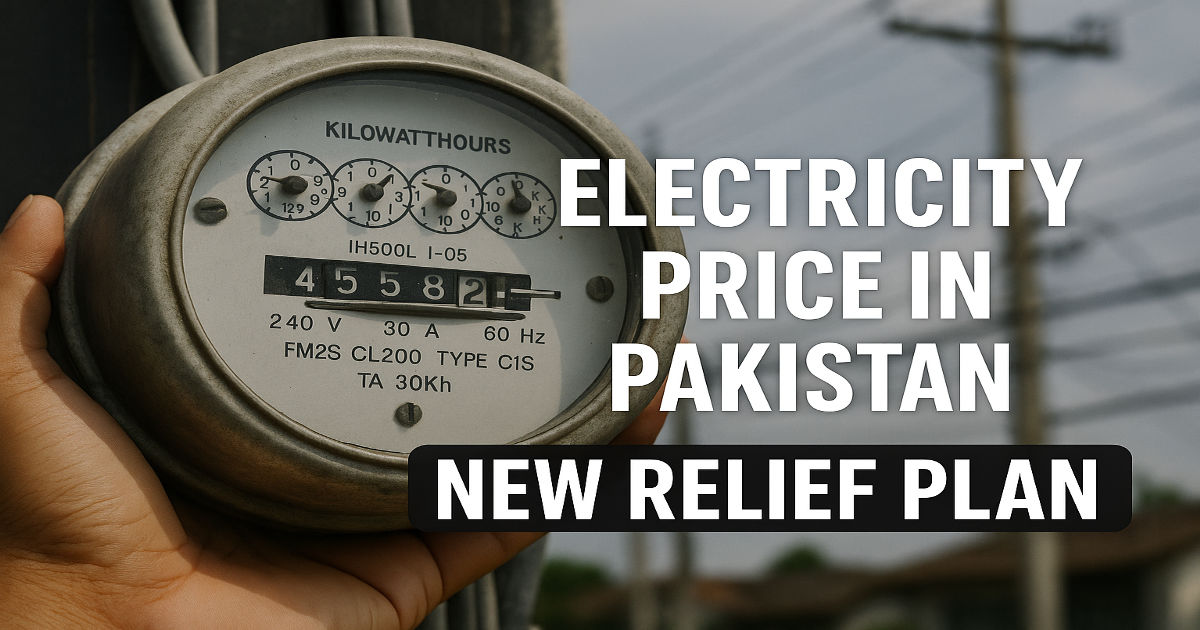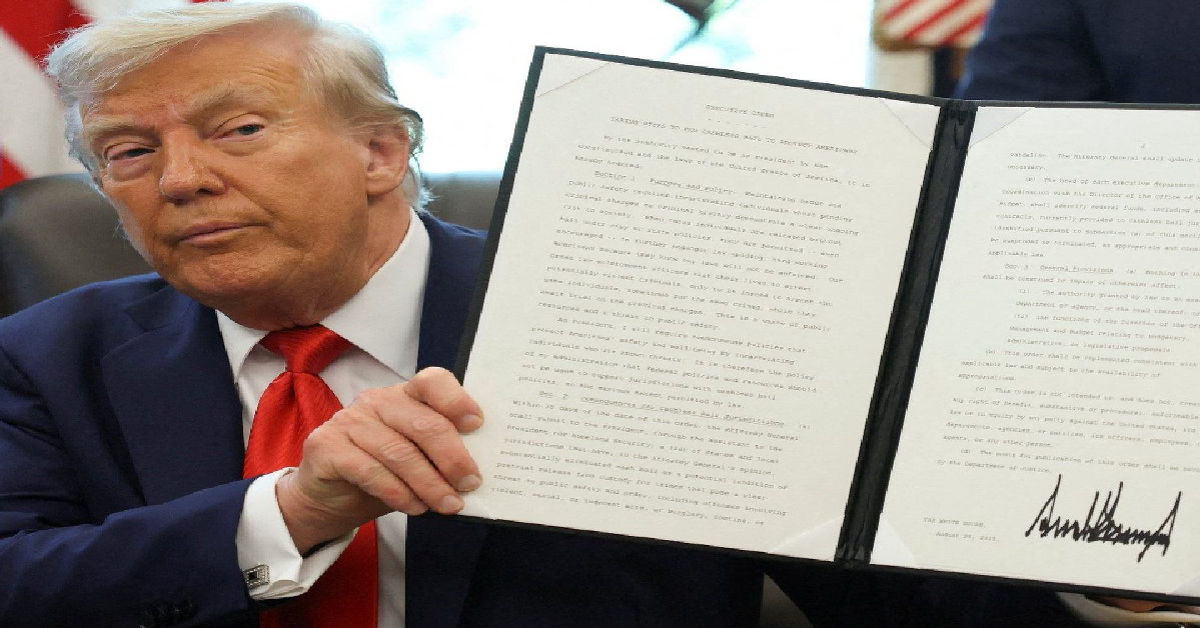
Any charges casually worked out by users to pay for electricity is best defined as a tariff. The rate applies when one consumes electrical energy and is determined and established by an energy regulatory body. In addition to the energy communication rate, other aspects come into play depending on the consumer’s usage, position, and category; some of the factors that come into play here include the variety of electricity purchased and the position of the consumer. Electricity tariff gives the cost to be borne by all users within the chain of generating and receiving electricity. Understanding the tariff of electricity is the best means of managing the energy bill and ensuring how users should make informed decisions to control activities whose payment demand is through electricity. The more information a consumer of electricity knows about the price of electricity, the more practicable they may use it.
Types Of Electricity Consumer
There are three categories of electricity users: Residential, Commercial, and Industrial users. Residential consumers are sometimes referred to as households. The regulatory body billed units use residences within a specified period- for instance, every month. Businesses are known as commercial, while manufacturing potential is known as industrial. Due to the varying payment methods and consumption levels used by every cluster, there is a distinctive price difference that consumers need to know for better reclamation and cost reduction.
Components Of tariff
A typical tariff is made up of a few other elements, which include the stand and energy and demand amounts. The Consumer must receive any charges made before usages even if they have not used any electricity tariff. Whenever a unit of electricity is used, the user pays for energy. Finally, charges are based on billing commissions. This implies that consumers identify the opportunities in their consumption and amend them to reduce costs.
Factors Influencing Tariff Rates
Tariff Setting Factors Fuel costs likely remain the primary influence on electrical energy rates setting. Regulated utilities face fluctuating feedstock costs in many regions. Infrastructure capital and operation costs are another factor that determines what the final consumer pays. Finally, there are various regulatory requirements and subsidies that also play a role in rate setting. Usually, the tariff is revisited and reapproved on a schedule that is typically several years long. The idea behind the periodic review is to ensure both just and balanced rates with total cost recovery principles.
Time Based and Tiered Tariffs
Time-Based and Hierarchical Tariffs Due to the restructuring of the final consumer model, there are also additional incentives for renewable energy use. For example, many utilities offer different rates based on the time of day, increasing costs based on demand. On the other hand, some companies develop hierarchical tariffs which increase rates based on the amount of energy used in each cycle. Thus, the system incentivizes users to either save energy by switching loads to off-peak times of the day or stay within low-rate consumption limits. The system achieves the intended effect of lowering consumption periods of peak consumption, thus more effectively allocating power capacities.
Energy Pricing with Renewable Energy
The use of renewable sources also impacts pricing structures by incentivizing consumers to use the energy they generate themselves. One popular scheme is net metering, where customers feed surplus energy back into the grid and receive credit for future bills. Finance-wise, growing distributed energy challenges utilities, as they now have to recover investments not from a few massive projects. But from thousands of smaller ones. New rate electricity tariff is in development where the cost of the grid usage is considered separately from the cost of consumed energy. The designers created the model to incentivize sustainable power utilization while maintaining the balance of the power supply.
Understanding Your Energy Bill
Reading and understanding your energy bill is essential to understanding how tariffs affect your expenses. Most bills have the form of a monthly invoice that accounts for energy consumption usage. Fixed fees or the cost of connection, taxes, and possible surcharges or rebates. Knowing where to find specific information on the bill can help you detect errors as well as the areas where you could reduce consumption. Some utility companies or independent platforms also offer specialized tools and calculators to help you compare different tariff plans. This makes it easier to manage electricity usage and reduce monthly payments.
Choosing the Right Tariff Plan
In many deregulated markets, consumers can choose their electricity provider or decide on the tariff plan proposed by the local monopolist. While not all regions provide such choice, the option is being actively promoted. Different types of tariff plans feature various benefits and drawbacks and address different users’ needs. For example, fixed-rate plans provide price stability, while variable-rate ones allow users to save money when market prices are low. Other options include green plans that support renewable resources. Before switching to another plan, consider the previous consumption, possible cancellation fees, delivered customer service, and online reviews. Being aware of available plans and comparing them is the best way to find the most cost-efficient and reliable meal option.
Government Policies and Support
Governments also significantly influence electricity prices by subsidizing tariffs or offering tax breaks. The goal of these and many other measures is to provide affordable electricity to low-income households as well as the stimulate consumption reduction. Such policies may also include rebates for energy-efficient appliances or support for installing solar panels. As well as temporary price control measures. It is good to keep track of them, as they can significantly reduce electricity costs. Many policies also influence long-term development and shape the future of tariff plans helping to make them fairer and more resilient.
Conclusion
Matters such as technology, sustainability objectives, and clients’ patterns influence the pricing structure of electricity. Which lies at the heart of our power consumption and payment. People will be able to remain on top of things by understanding their costs right from the beginning of acquiring a home to purchasing power. Your knowledge and willingness to take advantage of these changes will help you make the best of your power consumption and savings. Regardless, electricity tariff will undergo changes as consumption circumstances evolve through the integration of renewable and smart meters. The amount of money you pay per unit is more critical and a means of how smart you are able to manage energy usage.






























































































































































